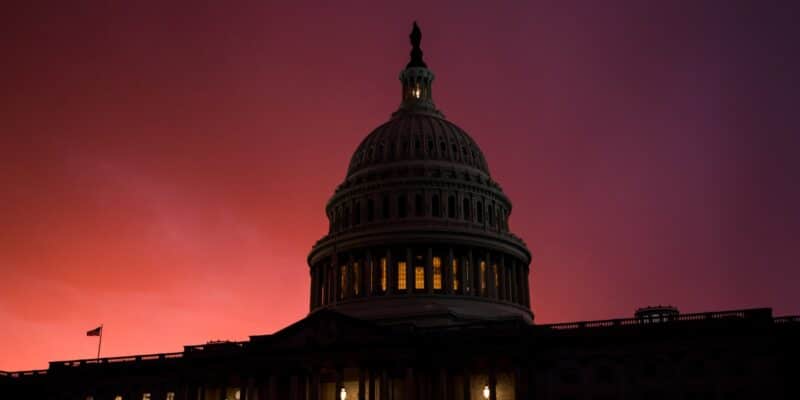
Congressional Budget Office Lowers U.S. Population Projections
This week, the Congressional Budget Office once again reduced its population projections for the U.S. for 2025-2055. Last year, in its 30-year forecast, the CBO had projected that the U.S. population would be about 383 million by 2054. This week’s projection lowered the 2055 projection to 372 million, approximately a 2.8% decrease. If the CBO is correct, the U.S. population will grow by about 22 million or 6% (350 million→372 million) over the next thirty years. It will be the slowest population growth in the country’s history.The lower projection is based on the fertility rate continuing at a very low level and a slowdown in immigration.

Bill King
The most recent data on the fertility rate (the average number of children born to each woman) was 1.62 in 2023. The CBO projects that it will slightly decline to 1.60 for the balance of the forecast period. However, it warns that the rate could go even lower. A fertility rate of about 2.1 is necessary to have a stable population.
The CBO breaks down the fertility rate between women born in the U.S. and those who have emigrated here. I was surprised that there is relatively little difference, with women born here having a rate of 1.56 and immigrants only slightly higher at 1.88 – both still well below the replacement rate.
As a result of the lower fertility rate, the CBO now projects that natural population growth (births in excess of deaths) will go negative in 2033. We have barely been staying positive for the last several years, adding about 500,000 new native-born citizens each year. By 2055, the CBO expects that the U.S. will have about 800,000 more deaths each year than births.
The wild card, however, is immigration. The CBO estimates that over the last four years, the U.S. population has increased by about 10 million due to immigration. Roughly 3 million came through the regular immigration process, legally obtaining the right to move to this country. The remaining 7 million came illegally or came claiming asylum and were released pending an adjudication of their claim.
The CBO’s projection is based on the inflow of immigrants of about 1 million per year. That is about the number legally admitted annually for the last two decades, including during the previous Trump administration. Of course, if Trump were to make good on his promises to have more restrictions on immigration and conduct widespread deportations, that could put significant downward pressure on the total population.
The CBO estimates the country’s future population to create a baseline for its projections for the federal budget, especially the effects on Social Security and Medicare. Since those programs are mostly income transfers between generations, the ratio of the working-age population compared to the retired population is critical for determining the cost and sustainability of those programs. It should be no surprise that stagnant or declining population significantly increases the burden of those programs.
For the last few years, demographers from various agencies and institutions have been continuing to revise population numbers downward. Our country has never known a time when our population was stagnant, much less declining. Indeed, there is almost no place in the world where that has occurred in the last three centuries.
This article was originally published by RealClearPolitics and made available via RealClearWire.



